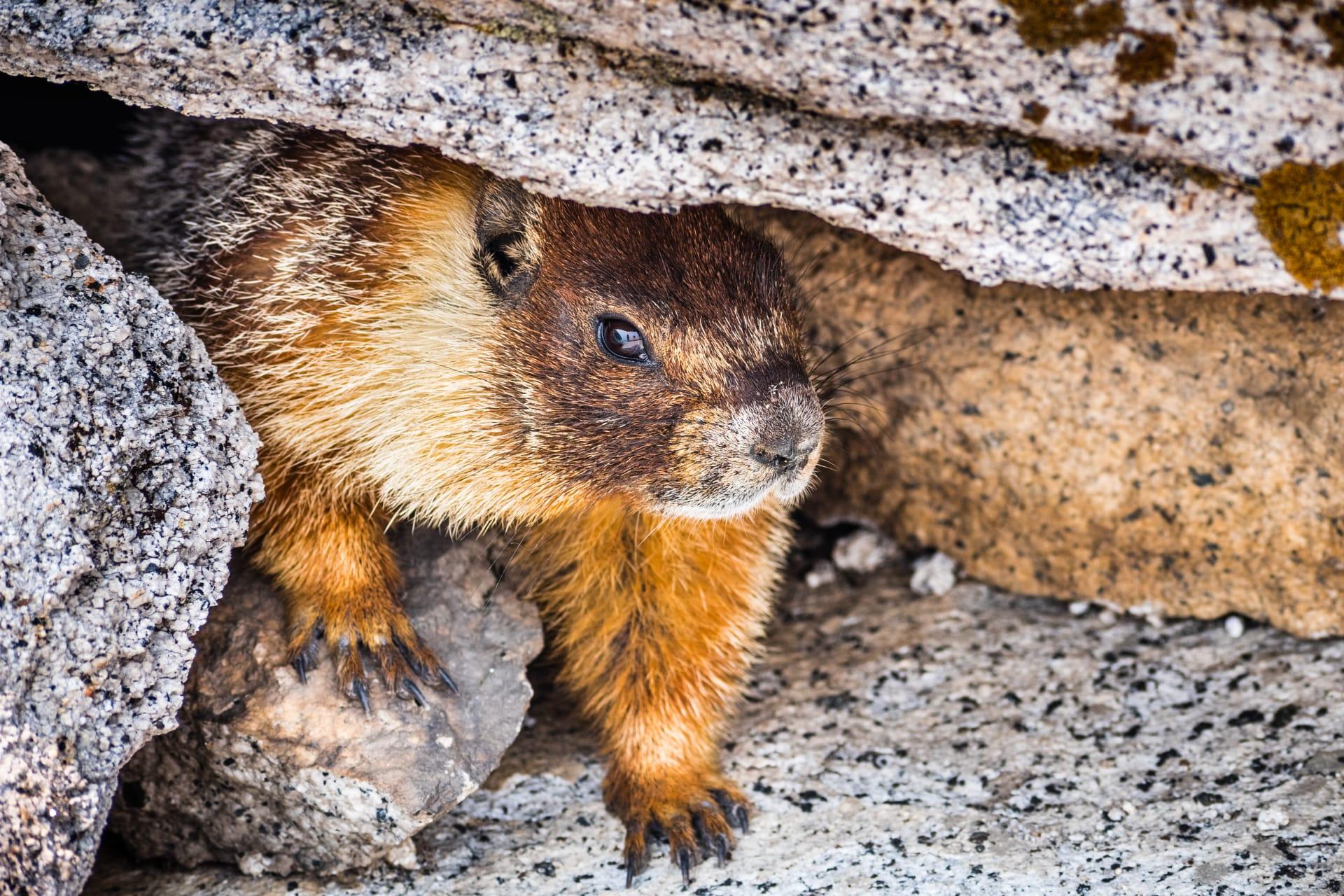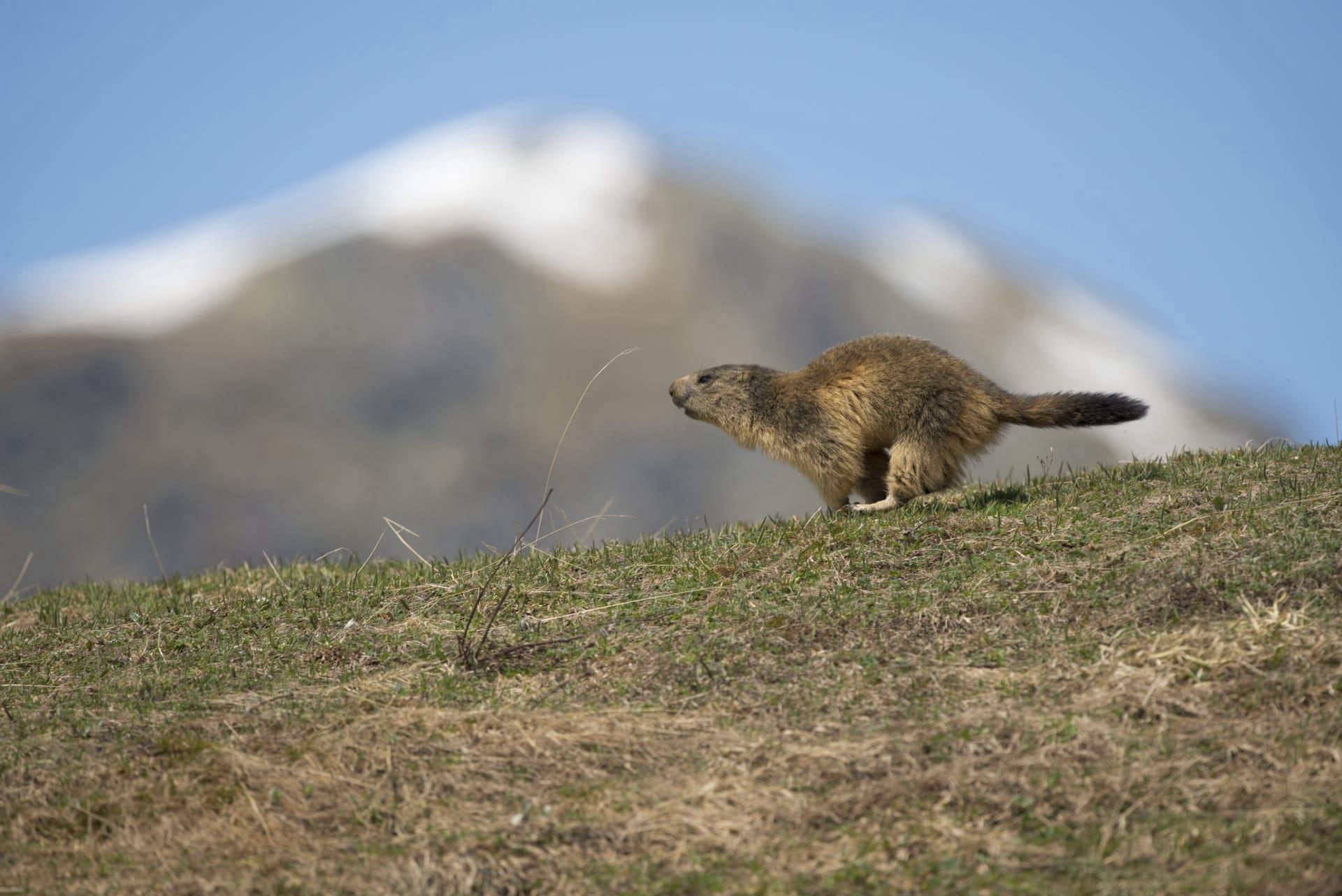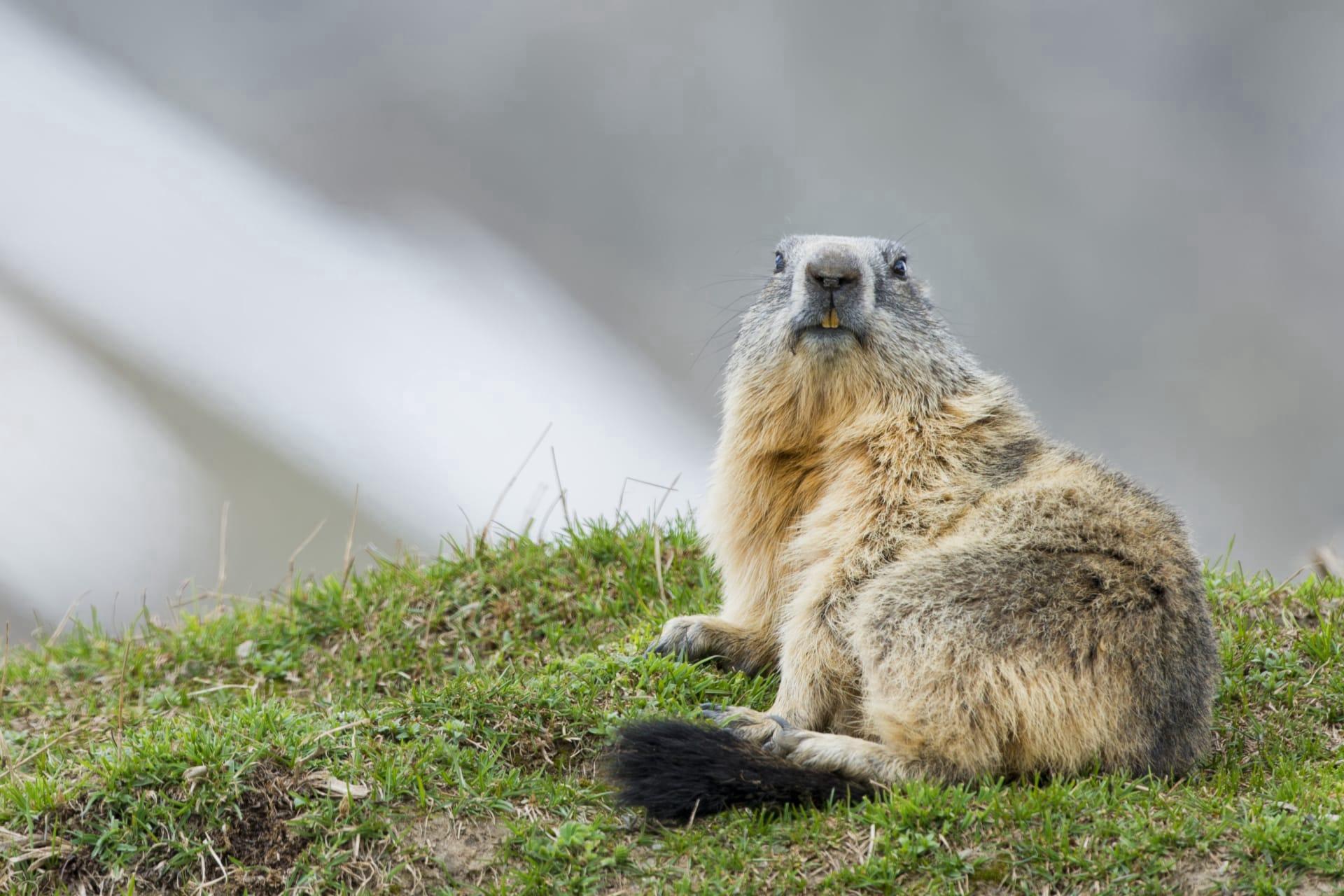Yellow Bellied Marmot
- Home /
- Mini Encyclopedia /
- Animal /
- Yellow Bellied Marmot
1
The Yellow-Bellied Marmot, scientifically known as Marmota flaviventris, is a fascinating creature belonging to the Rodentia order. Within this order, it's categorized under the Sciuridae family, which is a family of medium-size rodents. This family also includes squirrels, chipmunks, and prairie dogs. The genus Marmota, to which our yellow-bellied friend belongs, is specifically known for the various species of marmots found around the world. The species name 'flaviventris' refers to its distinct yellow-colored belly, a key identifying feature.
In terms of distribution, the Yellow-Bellied Marmot is primarily found in the western United States. Their habitat range spans from the Sierra Nevada in California to the southern Rockies in Colorado. They are particularly abundant in mountainous regions, favoring elevations between 6,500 and 11,000 feet. These marmots thrive in areas where meadows and rocky outcrops intersect, as such terrains offer both food sources and protection. During winter, they hibernate in burrows that they meticulously dig in the ground, often in sloped terrains for drainage purposes.

2
Question: Do Yellow-Bellied Marmots hibernate for the entire winter season?
Answer: Yes, they do! One common misunderstanding about the Yellow-Bellied Marmot is the duration of their hibernation. Many assume that these creatures only hibernate for a short period. In reality, their hibernation can last an astounding 7 to 8 months, depending on the region's climate. This long hibernation period is crucial for their survival in cold, harsh mountain environments. During hibernation, their body temperature drops significantly, and their metabolic rate slows down to conserve energy, allowing them to survive the winter with limited food resources.

3
The Yellow-Bellied Marmot's survival strategy is quite remarkable. These creatures are known for their social behavior, living in colonies that can consist of up to 20 individuals. This social structure plays a key role in their survival, as they look out for predators together and warn each other with loud whistles. Their diet primarily consists of grasses, flowers, grains, and occasionally insects, which they gather during the warm months to build up fat reserves for hibernation. Interestingly, they have a unique adaptation for water conservation - they obtain most of their water from the food they eat, reducing the need to drink frequently.
Another critical aspect of their survival strategy is their burrowing behavior. Yellow-Bellied Marmots are excellent diggers, creating complex burrow systems for shelter, hibernation, and raising their young. These burrows are often equipped with multiple entrances and escape routes, providing safety from predators. Their ability to create such elaborate homes is a testament to their adaptability and resourcefulness in the wild.

4
In the ecosystem, Yellow-Bellied Marmots play a significant role as both prey and as a species that impacts vegetation. As prey, they are vital food sources for various predators like foxes, coyotes, and birds of prey. Their presence helps maintain the predator population, which in turn impacts other parts of the ecosystem.
As for their impact on vegetation, these marmots are important herbivores in their mountainous habitats. Their grazing habits help shape the landscape, controlling the growth of certain plants and aiding in seed dispersal. This grazing can sometimes lead to overgrazing, affecting the plant diversity in the area. However, their digging activities also help in aerating the soil and dispersing nutrients, contributing to the overall health of the ecosystem.

5
Film: A notable documentary featuring the Yellow-Bellied Marmot is "Mountain Monarchs: The Marmots of the Rockies," produced in the United States in 2018. This documentary delves into the life of these marmots in the Rocky Mountains, showcasing their social behavior, hibernation patterns, and survival tactics in the rugged terrain.
Book: "Marmots of the World" by Daniel T. Blumstein, published in the United States in 2019, offers a comprehensive look into the lives of various marmot species, including the Yellow-Bellied Marmot. Blumstein's work is a blend of scientific research and engaging storytelling, providing insights into the behaviors and ecological roles of these fascinating creatures.
Book: Another informative read is "The Secret Life of Marmots" by Arnold B. Smith, published in Canada in 2021. Smith explores the intriguing world of marmots, including the Yellow-Bellied species, through a combination of field observations and scientific analysis. The book gives readers a closer look at the complex social structures and survival strategies of marmots in their natural habitats.